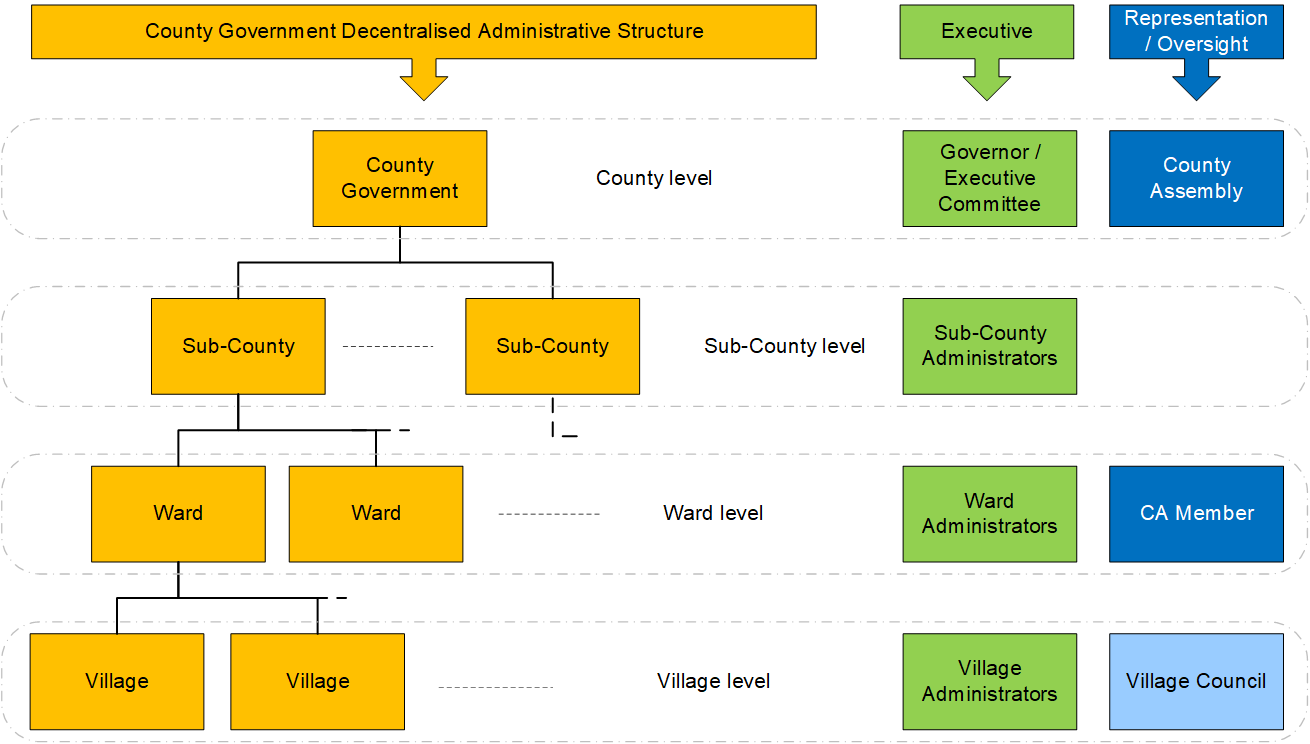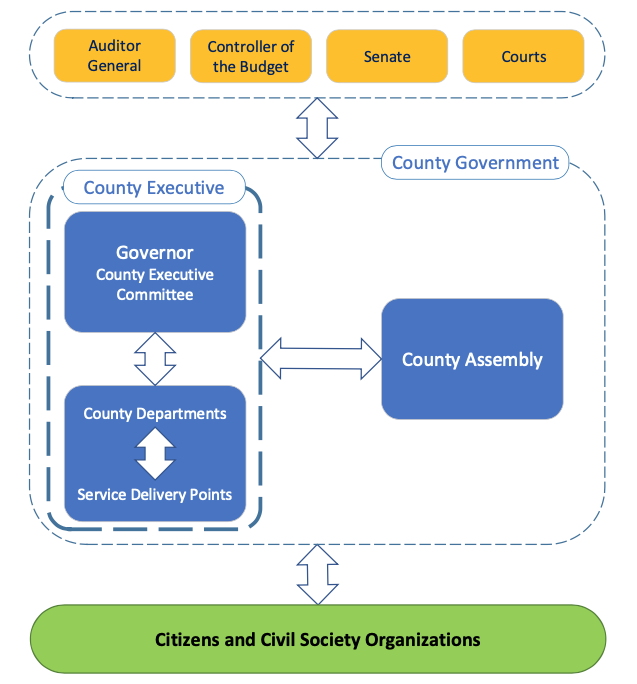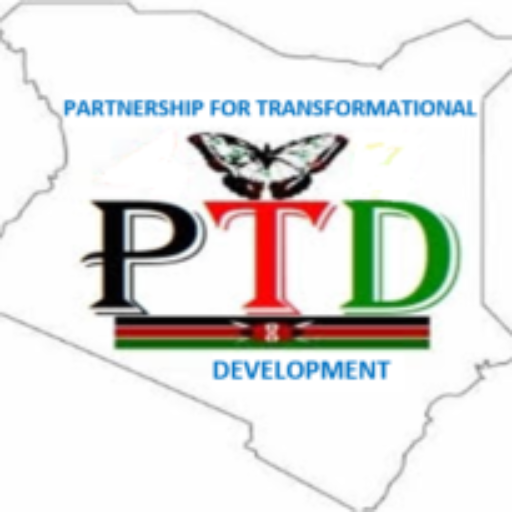Public Participation is about actions a person or group can take to get involved in issues of government or community that are of concern to them. It ensures that citizens are heard and can actively participate in decision that impact their needs.
It is one of the national principles and values of governance, and one of the key objectives of devolution “…to give powers of self-governance to the people and enhance their participation in the exercise of the powers of the State and in making decisions affecting them” (Article 174c, Constitution of Kenya).
All citizens in Kenya have the right to participate and it is their civic obligation to engage in all county governance processes. Follow the links below to explore:
- Ways to get involved in decision making, service delivery, and holding government to account, and
- What is needed for public participation to be effective
What are the key principles and benefits of effective Public Participation?
Principles of effective public participation include – it should:
- be a continuous process and not a one-time event.
- provide timely and relevant information, accessible all members of the public so they are aware and are can engage in decisions that affect them.
- be inclusive and provide equal access to opportunities to participate. All citizens are provided with reasonable access to opportunities, spaces and mechanisms within their reach to governance processes. Effective public participation demands attention is given to inclusion and equity so that all groups—women and men of all ages, from marginalised communities, and persons with disabilities are engaged and their needs expressed and considered.
- have effective mechanisms to capture and process input from citizens.
- be a two-way process— with feedback to citizen given on decisions made, actions taken and results achieved by the county government. As citizen too, provide feedback on decision and the quality of services provided to the government.
Public participation has several benefits, including:
- It improves decision making and service delivery as the needs and interests of all stakeholders are considered.
- It can promote inclusion and equity in public resource allocation and service delivery; and mitigates against misunderstandings and social conflicts.
- Democracy and good governance principles of transparency and accountability are enhanced when the public is informed and can effectively participate in decisions that affect them. This enhances legitimacy and builds mutual trust and commitment between duty bearers and citizens. It can promote public acceptance and appreciation of what public officers are doing and help bridge gaps between different stakeholders—civil society, public, government and private sector.


What are the key principles and benefits of effective Public Participation?
Principles of effective public participation include – it should:
- be a continuous process and not a one-time event.
- provide timely and relevant information, accessible all members of the public so they are aware and are can engage in decisions that affect them.
- be inclusive and provide equal access to opportunities to participate. All citizens are provided with reasonable access to opportunities, spaces and mechanisms within their reach to governance processes. Effective public participation demands attention is given to inclusion and equity so that all groups—women and men of all ages, from marginalised communities, and persons with disabilities are engaged and their needs expressed and considered.
- have effective mechanisms to capture and process input from citizens.
- be a two-way process— with feedback to citizen given on decisions made, actions taken and results achieved by the county government. As citizen too, provide feedback on decision and the quality of services provided to the government.
Public participation has several benefits, including:
- It improves decision making and service delivery as the needs and interests of all stakeholders are considered.
- It can promote inclusion and equity in public resource allocation and service delivery; and mitigates against misunderstandings and social conflicts.
- Democracy and good governance principles of transparency and accountability are enhanced when the public is informed and can effectively participate in decisions that affect them. This enhances legitimacy and builds mutual trust and commitment between duty bearers and citizens. It can promote public acceptance and appreciation of what public officers are doing and help bridge gaps between different stakeholders—civil society, public, government and private sector.



